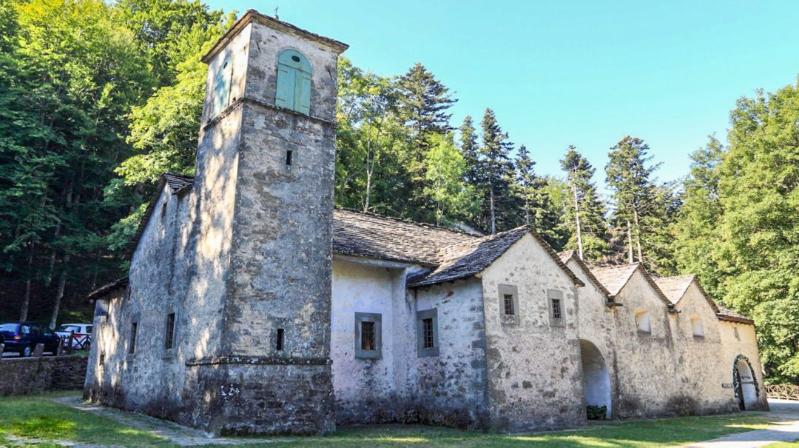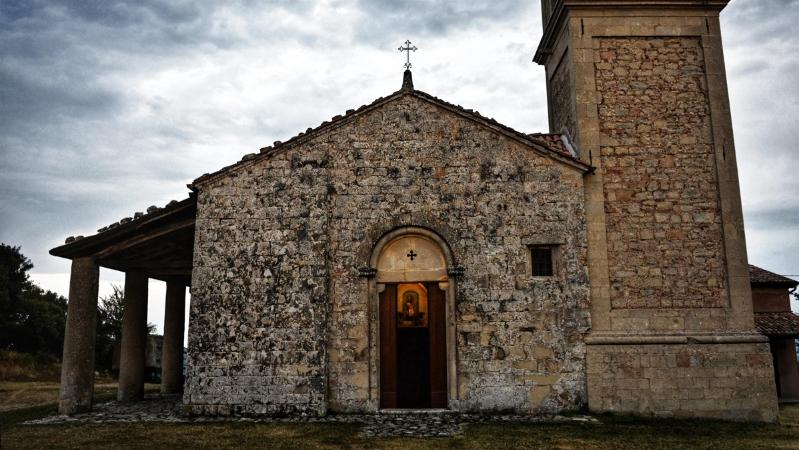Founded in 1722 to preserve an image of the Virgin Mary linked to the tradition of the “miraculous beech tree,” the sanctuary has over time become a symbol of popular devotion for the communities of the Porretta area. Its history tells the religious identity of the mountain villages of the Bolognese Apennines.
Between the 18th and 19th centuries, the complex was enriched with a loggia (1767), access bridge (1769), bell tower (1837), and fountain with statue. These elements testify to the growth of devotion and the role of the sanctuary as a landmark for the territory of Alto Reno Terme.
Since 1756, a heartfelt procession has been renewed on the occasion of the Ascension, with the sacred image carried as far as Castelluccio and then brought back to the sanctuary along the natural porticoes of the beech forest. On July 26, the community celebrates the feast with religious rites and moments of conviviality.
Inside, a reproduction of the ancient majolica image is venerated; in a display case, the trunk of the beech tree linked to the origin of the cult is preserved. A plaque commemorates the last hermit, guardian of the sanctuary until the mid-20th century.
A perfect place for hiking and mountain biking/gravel, the sanctuary is part of routes such as the “Romantic Apennines” itinerary, which connects historic villages and wooded landscapes of the Bolognese Apennines.
Visitor tips
- Final access on foot along a path (about 15 minutes).
- Best in spring–summer and during the feast of July 26.
- Light trekking shoes and respect for the place of worship are recommended.




